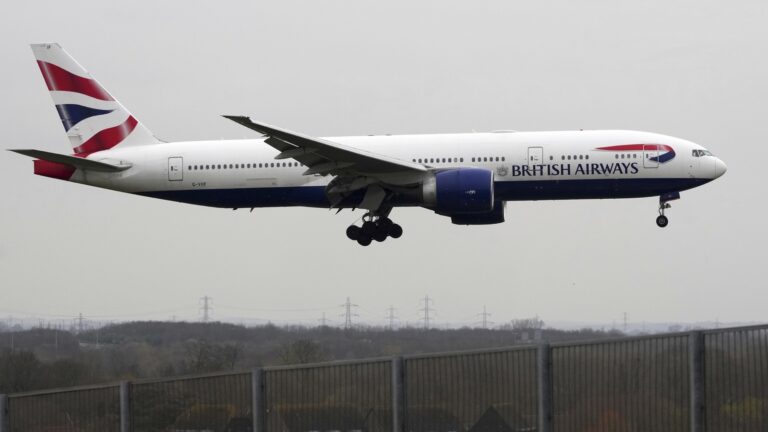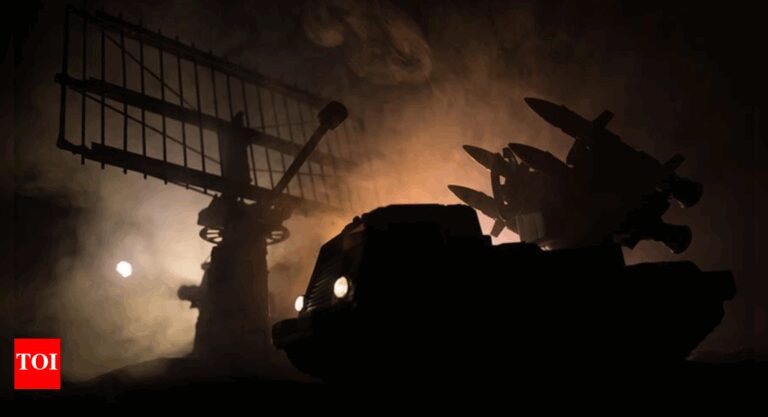Tragedy Strikes Again: 7 Lives Lost in Kedarnath Helicopter Crash Just Days After Air India Incident
In a tragic incident that has sent shockwaves throughout India, a helicopter crash in Uttarakhand has claimed the lives of seven people. This incident comes just days after a separate mishap involving an Air India flight, highlighting ongoing safety concerns in the aviation sector. The helicopter, operated by Aryan Aviation Pvt Ltd, was en route from Kedarnath to Guptkashi when it crashed early in the morning.
The crash occurred around 5:30 AM, shortly after takeoff, in a remote forested area located between Gaurikund and Trijuginarayan in the picturesque Kedarghati region. Initial reports indicate that poor visibility and adverse weather conditions played a significant role in the tragedy. Eyewitnesses and local authorities reported seeing flames rising from the crash site, which has since complicating rescue operations.
Details of the Crash
According to the Rudraprayag District Disaster Management Officer, Rajiv Swaroop, rescue teams including police and the State Disaster Response Force (SDRF) were dispatched to the site immediately after the incident was confirmed. The crash site is particularly hazardous due to its remote location, making it challenging for rescue teams to reach the affected area swiftly.
- The helicopter lost contact with air traffic control shortly after departure.
- Search and rescue teams faced difficulties due to rugged terrain and inclement weather.
- The helicopter reportedly caught fire after crashing, posing additional risks for emergency responders.
Victims and Aftermath
While the identities of the victims have not yet been disclosed, families and friends are mourning the loss of seven lives in this horrifying accident. This incident is particularly distressing considering its proximity to recent aviation mishaps, which serve as a stark reminder of the urgent need for improved safety protocols in the Indian aviation sector.
In recent years, the region around Kedarnath has seen an increase in air traffic due to the Chardham Yatra, an annual pilgrimage that attracts thousands of visitors to the sacred shrines of Yamunotri, Gangotri, Kedarnath, and Badrinath. As the demand for helicopter services has risen, so too have concerns about safety and reliability.
Concerns About Helicopter Safety
The crash has raised troubling questions about helicopter safety in India, particularly for services operating in mountainous regions known for their challenging weather conditions. Some key considerations and potential actions include:
- **Enhanced Weather Monitoring**: Operators need to improve their weather assessment protocols, especially in mountainous areas where conditions can change rapidly.
- **Pilot Training**: Adequate training on navigating under challenging weather conditions is essential for pilot safety.
- **Regular Technical Checks**: Routine and rigorous technical inspections of aircraft should be mandatory to ensure they are fit for operation.
- **Stricter Regulations**: Government agencies may need to review current aviation regulations to enhance safety standards and reduce accident rates.
Government Response
The tragic events have prompted urgent calls for federal review and safety audits of all helicopter operators in the region. Aviation experts have highlighted the necessity for establishing stricter operational guidelines and ensuring compliance with safety standards. Uttar Pradesh Chief Minister Pushkar Singh Dhami expressed condolences for the victims and called for comprehensive investigations to prevent future tragedies.
The Ministry of Civil Aviation is expected to respond with an official statement outlining planned actions following the crash. Stakeholders are urging immediate changes to ensure the safety of passengers, thus restoring confidence in aerial travel options available in the region.
Conclusion: A Call for Change
As communities grapple with the aftermath of this devastating crash, there are profound implications for the future of aviation safety in India. The repeated incidents cannot merely be chalked up to bad luck; they highlight systemic issues that require immediate attention and reform. From operational protocols to emergency response planning, there is an urgent need for a comprehensive approach to safety in aerial transportation.
While the loss of life is irreparable, it is our collective responsibility to ensure that such tragedies do not repeat in the future. Enhanced regulations, better training for pilots, and thorough inspections of aircraft can potentially save lives. The nation watches closely as the investigation unfolds, hoping for both closure for the families impacted and practical changes that promote safety in aviation.






